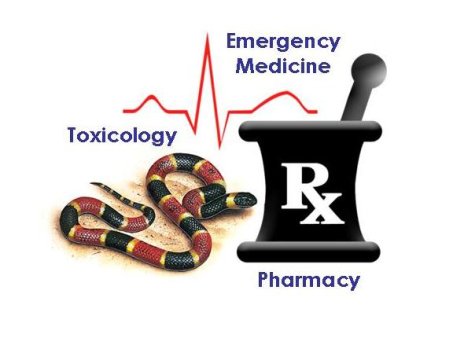Subdissociative-dose ketamine (SDK) provides effective analgesia with lower rates of unwanted side effects when administered as a slow IV infusion. However, safety and efficacy studies have excluded geriatric patients until now, when Dr. Sergey Motov and colleagues strike again. SDK offers a much-needed pain management strategy for moderate to severe pain in this population who are often not ideal candidates for opioid analgesia.
What They Did
- Prospective, single center, double-blind, randomized trial comparing safety and analgesic efficacy of SDK at 0.3 mg/kg to morphine 0.1 mg/kg by short infusion over 15 mins in adults ≥ 65 years old with moderate-severe acute abdominal, flank, musculoskeletal, or malignant pain
- Pain scores and adverse effects recorded at baseline, 15, 30, 60, 90, and 120 mins (30 minutes was primary endpoint)
- Severity of side effects were recorded with the Side Effects Rating Scale for Dissociative Anesthetics (SERSDA) and levels of sedation/agitation were recorded using the Richmond Agitation Sedation Scale (RASS)
- Exclusion criteria:
- altered mental status, psychiatric illness
- weight <40 kg or >115 kg
- SBP <90 or >180 mm Hg, HR <50 or >150 beats/min, RR < 10 or >30 breaths/min
- PMH: acute head or eye injury, seizure, ICH, severe COPD, chronic pain
- renal or hepatic insufficiency
- alcohol or drug abuse
- recent (4 h before) opioid use
What They Found
- 30 patients enrolled in each group
- Primary endpoint similar between both groups
- SDK pain score at baseline 9.0 vs. 4.2 at 30 minutes
- Morphine pain score at baseline 8.4 vs. 4.4 at 30 minutes
- No difference in need for rescue analgesia within 90 minutes post-administration
- A statistically significant increase in adverse effects (dizziness, fatigue) was seen with SDK at 15 and 30 mins
- Patients administered SDK experienced greatest dizziness, feeling of unreality, and general discomfort within 15 mins post-administration with a mean RASS of -1 to +1
Application to Clinical Practice
SDK provided greater analgesia compared to morphine 15 minutes post-administration with similar efficacy at 30, 60, 90, and 120 mins. However, this study was terminated at the interim analysis and did not have adequate power to detect a true analgesic difference. Likewise, although there was a statistically significant difference between frequency of adverse events, this study lacked power to detect a true difference between treatment groups (it should be noted that up to 86.7% of patients had some adverse effect with SDK vs. 46.7% with morphine).
With that said, SDK may be considered an effective pain management option in the geriatric ED population as satisfactory analgesia was obtained and adverse effects reported were short lived and rarely required intervention. Furthermore, as analgesic SDK doses range from 0.1-0.3 mg/kg, utilizing a lower dose to begin may result in less adverse events with the option of repeat dosing if satisfactory analgesia is not achieved.
Bottom Line
In this small study, SDK compared favorably to morphine for treating acute pain in geriatric ED patients. However, adverse effects were common and should be a factor when considering the benefit to risk ratio in this patient population.
Reference
Motov S, et al. Intravenous subdissociative-dose ketamine versus morphine for acute geriatric pain in the Emergency Department: A randomized controlled trial. Am J Emerg Med. 2018 May 16. Epub ahead of print. PMID 29807629
